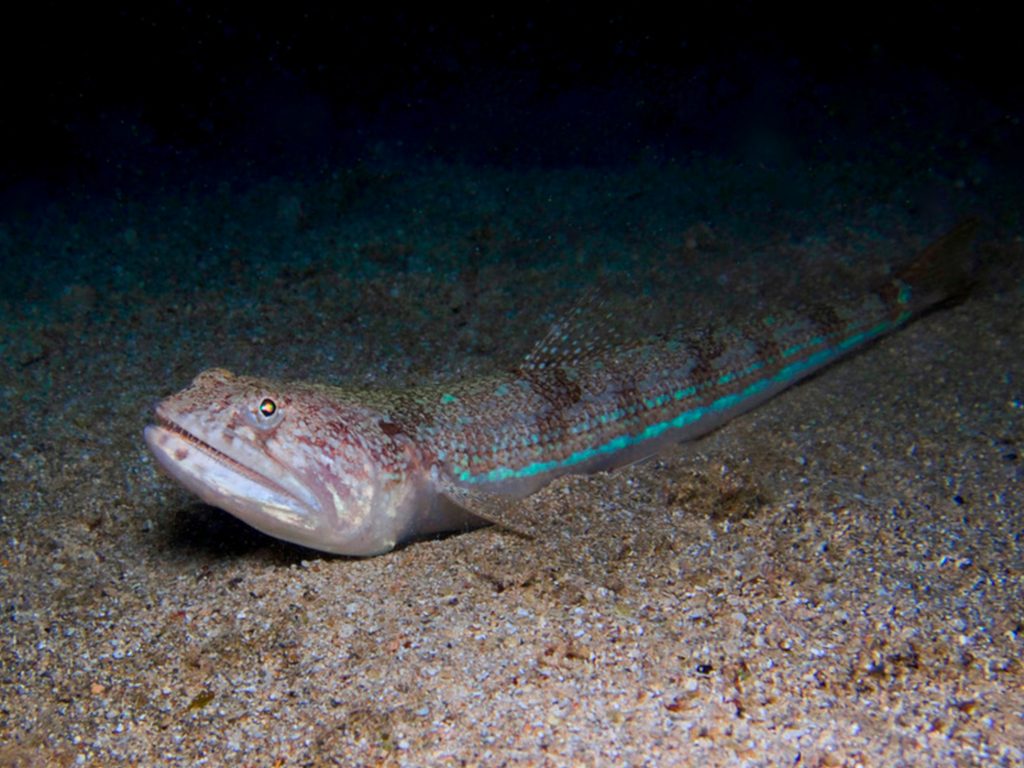Introduction
Imagine enjoying a peaceful day at the beach, basking in the sun and taking a refreshing dip in the sea. Suddenly, a sharp pain shoots through your foot, and you realize you’ve been stung by a weever fish.
Weever fish stings can quickly turn a day of relaxation into a painful experience, but understanding what these creatures are, how painful their stings can be, and how to treat them can help you stay safe and enjoy your time at the beach.

What Are Weever Fish?
Weever fish are a group of venomous fish species belonging to the Trachinidae family. They are found in shallow coastal waters and common around the shores of Britain. Weever fish are small, typically measuring between 15 to 30 centimeters in length, and they have a distinctive appearance with elongated bodies and spines along their dorsal fin. These spines are where the danger lies, as they are equipped with venom glands that can deliver a painful sting.
The Painful Sting
Weever fish stings are known for their intense pain, and the sensation can vary from person to person. When stepped on, the weever fish’s venomous spines can puncture the skin, injecting venom that causes immediate pain and discomfort. The pain is often described as a burning or throbbing sensation and can radiate from the site of the sting to other parts of the body.
In addition to the pain, other common symptoms of weever fish stings may include redness, swelling, and sometimes even nausea or dizziness. It’s essential to address the sting promptly to alleviate the discomfort and prevent complications.
Treating Weever Fish Stings
If you or someone you are with gets stung by a weever fish, here are the steps to take for proper treatment:
First Aid
- Remove the affected person from the water to prevent further stings.
- Rinse the wound with seawater to remove any sand or debris.
- Do not use freshwater, as it may worsen the pain.
Pain Management
- Soak the affected area in hot water, as hot as the person can tolerate, for 30 to 90 minutes. This helps inactivating the venom and provides relief from the pain.
- Over-the-counter pain relievers like ibuprofen or acetaminophen can be taken to manage pain and inflammation.

When to Seek Medical Attention
It is often unnecessary to require emergency treatment following a weever fish sting. However, there are occasions where an allergic reaction can occur or pain becomes severe.
If you are concerned seek medical help as soon as possible. Medical professionals may administer emergency pain relief and monitor for potential complications.
If you are competing in an organised coastal event, contact the medical team. If this is Coast Medic, our Paramedic’s or Doctors can support you and minimise the symptoms. If you do not have access to a medical team, call 999 for the ambulance service.

Preventing Weever Fish Stings
The best way to deal with weever fish stings is to prevent them from happening in the first place. Here are some precautions to take:
1. Wear Protective Footwear: When walking in shallow waters or along the shoreline, wear protective footwear, such as water shoes or sandals with thick soles, to shield your feet from potential stings.
2. Shuffle Your Feet: When wading in areas where weever fish may be present, shuffle your feet instead of taking large steps. This movement can help alert the fish and reduce the risk of stepping on one.
3. Be Informed: Familiarize yourself with the local marine life and potential hazards in the area you plan to swim or walk along the beach. Local lifeguards or authorities can provide valuable information about the presence of weever fish.

Conclusion
Weever fish stings may be a painful and unexpected encounter for beachgoers, but with proper knowledge and quick action, you can minimize the discomfort and risk associated with these venomous creatures.
Remember to take preventive measures and in the unfortunate event of a sting, follow the recommended first aid steps and seek medical attention if necessary.
With the right precautions and knowledge, you can continue to enjoy the beauty of coastal waters safely.









